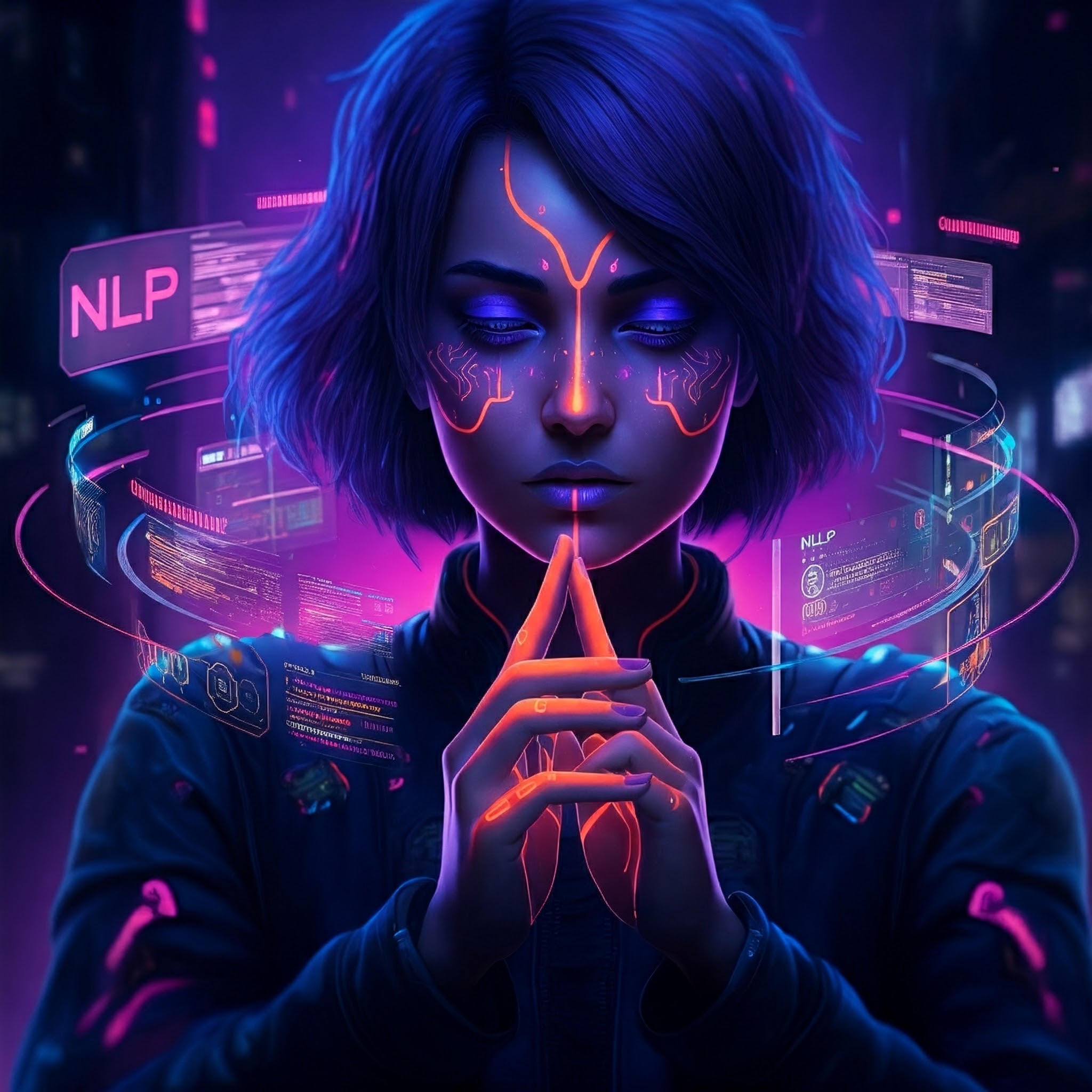
Large Language Models (LLMs) have revolutionized the field of Natural Language Processing (NLP), enabling machines to understand and generate human-like text with remarkable accuracy. Google, a pioneer in AI research and development, has been at the forefront of this revolution, creating groundbreaking LLMs that power various applications, from chatbots and translation tools to search engines and content creation platforms.
Google’s LLMs: A Brief Overview
Google has developed several notable LLMs, each with its own strengths and applications:
- BERT (Bidirectional Encoder Representations from Transformers): Introduced in 2018, BERT was a game-changer in NLP. Its bidirectional training approach allowed it to understand the context of words in a sentence much better than previous models, leading to significant improvements in tasks like question answering and sentiment analysis.
- LaMDA (Language Model for Dialogue Applications): Designed specifically for dialogue, LaMDA excels at engaging in open-ended, multi-turn conversations. It can generate human-like responses that are both informative and engaging, making it ideal for chatbots and conversational AI applications.
- PaLM (Pathways Language Model): One of Google’s largest and most powerful LLMs, PaLM demonstrates impressive capabilities in code generation, translation, and reasoning. It can even explain jokes and solve logical puzzles, showcasing its advanced understanding of language and context.
- Gemini: Google’s latest and most advanced LLM, Gemini is a multimodal model that can process and generate text, images, audio, and video. It is designed to be highly efficient and scalable, capable of running on everything from mobile devices to large data centers.
The Role of NLP in Google’s LLMs
NLP plays a crucial role in the development and functioning of Google’s LLMs. It provides the foundational techniques and algorithms that allow these models to:
- Understand Syntax: Analyze the grammatical structure of sentences, identifying parts of speech and relationships between words.
- Interpret Semantics: Extract the meaning and intent behind text, understanding the nuances of human language.
- Generate Coherent Text: Produce human-like text that is grammatically correct, contextually relevant, and semantically meaningful.
- Perform Various NLP Tasks: Tackle tasks like translation, summarization, question answering, sentiment analysis, and more.
Applications of Google’s LLMs
Google’s LLMs are powering a wide range of applications across various domains:
- Search: Improving the accuracy and relevance of search results by understanding the intent behind user queries.
- Assistant: Enhancing Google Assistant’s conversational abilities, enabling more natural and helpful interactions.
- Translate: Providing more accurate and fluent translations between languages.
- Content Creation: Assisting writers and creators in generating different creative text formats, like poems, code, scripts, musical pieces, email, letters, etc.
- Code Generation: Helping developers write and debug code more efficiently.
- Chatbots: Creating more engaging and human-like conversational experiences.
The Future of LLMs and Google AI
Google continues to push the boundaries of LLM research and development, exploring new techniques and architectures to improve the capabilities of its models. Some key areas of focus include:
- Multimodality: Developing models that can seamlessly process and integrate different modalities, such as text, images, and audio.
- Reasoning and Problem Solving: Enhancing the ability of LLMs to reason, solve problems, and make decisions.
- Ethical Considerations: Addressing ethical concerns related to bias, fairness, and responsible use of LLMs.
With its ongoing commitment to innovation and its deep expertise in NLP and AI, Google is poised to play a leading role in shaping the future of LLMs and their impact on various aspects of our lives. As these models continue to evolve, we can expect even more groundbreaking applications and advancements in the years to come.
Autonomous Agents, Artificial Intelligence (AI), Agent-based Modeling, Decentralization, Self-Learning, Decision Making, Goal-Oriented, Adaptive Behavior, Environmental Interaction, Multi-Agent Systems (MAS), Emergent Behavior, Complexity, Self-Organization, Distributed Systems, Reinforcement Learning, Robotics, Autonomous Vehicles, Supply Chain Optimization, Financial Trading, Healthcare, Smart Grids, Traffic Management, Disaster Response, Gaming, Social Simulation, Machine Learning, Deep Learning, Natural Language Processing (NLP), Computer Vision, Knowledge Representation, Planning, Reasoning, Perception, Action Selection, Cognitive Architectures, Reactivity, Proactiveness, Social Ability, Autonomy, Intelligence, Agent-Oriented Programming, Game Theory, Control Theory, Cybernetics, Complex Systems, Human-Agent Collaboration, Explainable AI (XAI), Edge Computing, Swarm Intelligence, Ethical Considerations


